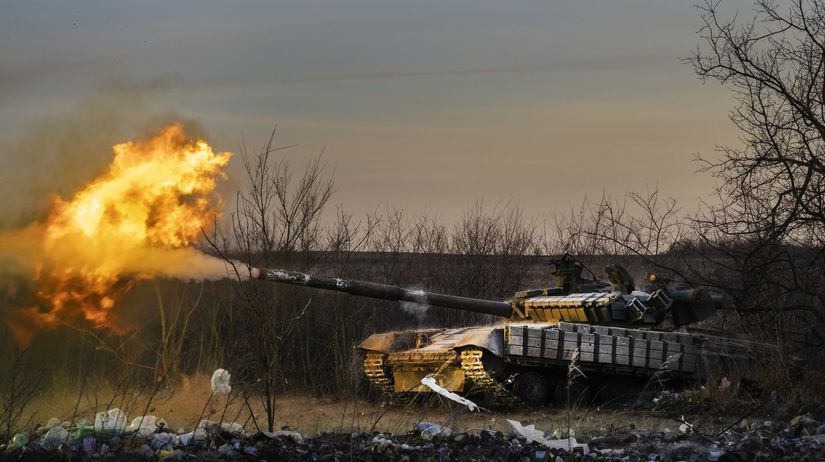Some European countries are taking inspiration from Ukraine, which used swamps as a natural barrier against tanks during the first phase of the Russian invasion. The plan is to restore the waterlogged areas – both as a defensive element and as a tool in the fight against climate change.

At the beginning of the war, Oleksandr Dmitriyev approached the commander of Kiev's defense with a proposal to blow up the dam on the Irpin River and restore the swamps that had been drained during the Soviet era. The idea fell on fertile ground: Russian tanks got stuck in the mud, and according to Dmitriyev, this essentially stopped the Russian attack from the north.
The Ukrainian example has also attracted the attention of other countries, the portal idnes.cz noted. It currently serves as a model for several countries that use natural barriers to stop a potential invasion and at the same time as a means of combating climate change, the portal Politico reports. Finland and Poland have reported that they are working on restoring marshes and swamps as a multipurpose measure.
"It's a win-win situation that allows for many goals to be achieved at once," says Tarja Haaranen from the Finnish Ministry of the Environment.
Estonian Prime Minister Kristen Michal also expressed himself in a similar vein."We use everything we have at our disposal. If there are natural obstacles on the border, such as swamps, marshes or lakes, then that helps us," he noted.
The Suwałki Corridor between Poland and the Baltics is considered an ideal place for such measures - also because there are already national parks and lake areas in the vicinity. Peatlands are important carbon reservoirs: they bind twice as much carbon worldwide as all forests combined.
However, alongside optimism, there are also doubts about the plan. The Financial Times points out that Germany, for example, sees disadvantages in the idea and does not consider it a priority. Swamps can threaten not only the enemy, but also its own troops. In March, four American soldiers died during an exercise when their armored vehicle sank in a swamp near the Lithuanian border.
In Poland, the plan also has an environmental dimension - the Eastern Shield project for 10 billion zlotys (2.3 billion euros) is supposed to include the creation of peatlands or afforestation of areas. However, according to biologist Michał Żmihorski, it remains only on paper:"They say they are very interested, but we have not seen any activity on the ground."
However, Ukraine serves as a cautionary tale of what happens when an enemy can exploit dried-out wetlands. This allowed the Russians to easily penetrate the Chernobyl area, notes the Euromaidan portal. Since 2015, Belarus has built more than 100 kilometers of roads through the Olmany-Perebrody peatlands, which are located on the Belarusian-Ukrainian border. These roads can be used by Belarus and Russia in a possible invasion. If the Ukrainian side still had the swamps intact, the Belarusian efforts would be strategically useless, the portal adds.
© Copyright reserved

